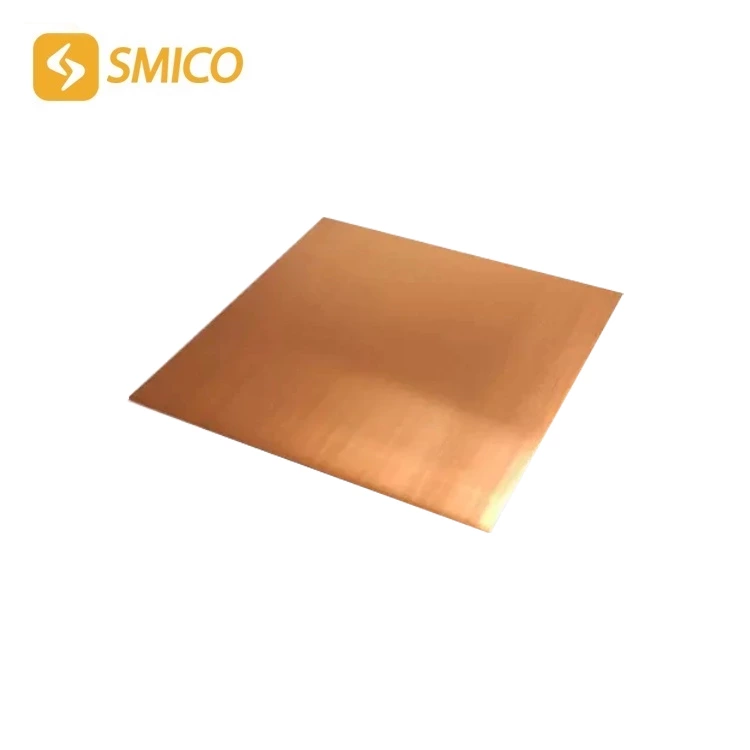When Selecting Copper-clad Grounding Rods, Various Environmental Factors Must Be Fully Considered.
A detailed assessment of the soil type, resistivity, moisture content, and temperature variations at the construction site is necessary. The resistivity of different soils varies significantly. The resistivity tends to increase when the water content is low and the temperature is low. These factors will directly affect the performance of copper bonded steel rod.
When selecting copper clad ground rods, it is necessary to make reasonable configurations based on soil characteristics, depending on different geological conditions. In strata containing a large amount of rock or gravel, the burial depth, quantity, and arrangement of copper coated earthing rod must be adjusted according to the actual soil resistance. In such an environment, the design of the grounding system should focus on improving the conduction efficiency of the grounding current to ensure the stability and safety of the system.
Especially in coastal areas, saline-alkali lands, and permafrost regions, the rate of environmental corrosion, chemical erosion, and temperature changes may affect the service life and efficiency of copper plated ground rod. At this point, choosing copperbond earth rod, which is highly corrosion-resistant and suitable for deep burial, becomes particularly important.

